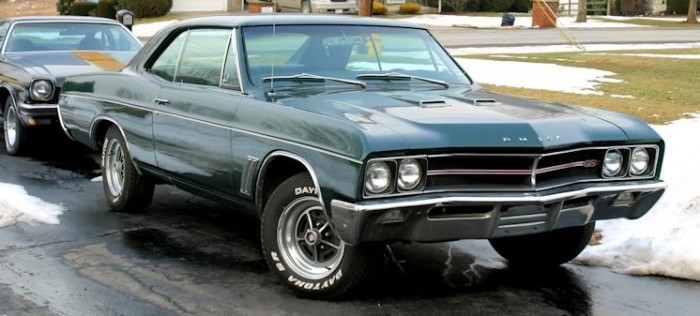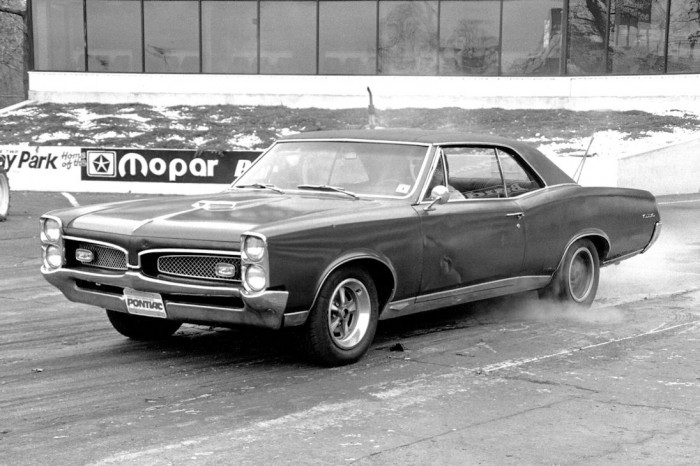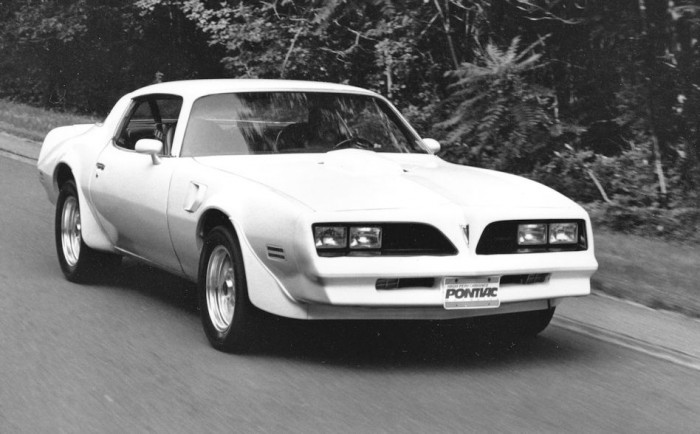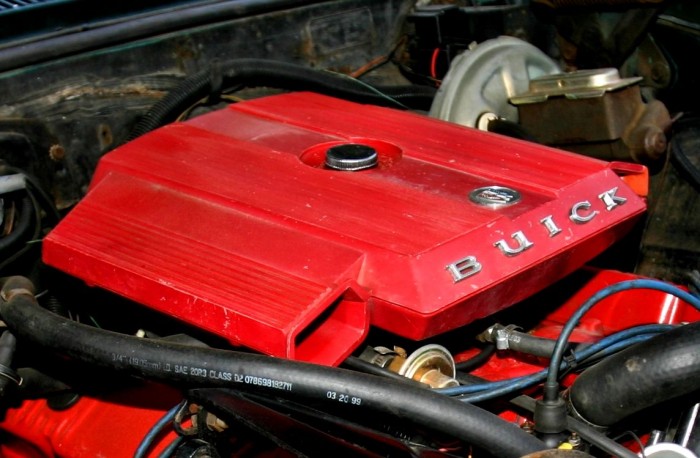Have you ever wondered why you really bought a vintage car?
Posted on Oct 14, 2023 in Featured | 4 comments

Though I’m partial to muscle cars, I like a lot of different vehicles for more than just their performance potential. Much of what draws me to them are specific visual cues—the way a certain area is styled or particular components or attributes that make me react like Pavlov’s dog to a dinner bell when I see them. Factory vacuum gauges and tachs, and Hurst four-speed and His and Hers shifters are examples I’ve already discussed, but there’s a lot more.
Over the years, I’ve come to notice some of these preferences in the cars that I own, despite the fact that when I bought them, I didn’t specifically identify them as reasons for the purchase.

Some are pretty obvious and shared by many people. For instance, I’m a sucker for hood scoops (no pun intended)—hence, in order of purchase, my ’67 GTO, ’77 Trans Am, ’73 H/O and ’67 Buick GS400. See the common thread here? They all have hood scoops. The Goat and H/O have Hurst His and Hers shifters and the GS 400 and T/A have Hurst four-speed shifters (both aftermarket).
There are, however, more visual aspects that drew me to each of these cars. For the GTO, it was the overall body shape with the coke-bottle pinch just behind the door that was further accentuated in ’67 with additional bright trim. The styling of roof sail panels and recessed backlight also made lasting impressions on me—though I’ve paid for them with leaks and rust in that area due to the design.

The ready-for-the-racetrack-look of the T/A has always appealed to me. With the airdam and spoilers it looks like its vacuuming up the pavement as it speeds toward you. It also has just about the best instrument panel I’ve ever seen in any vehicle—just my opinion.

Factory press photo of a ’73 Hurst Olds. I wish mine looked that good.
Representative of its era’s softer curves is the Hurst/Olds body shape. I like the integrated-post semi-fast-back appearance of the Colonnade body and how the bumpers are still unified with the overall design, despite the front bumper extending out for impact regulations. Bumpers became much more prominent in the following years.
Like the GTO, which shares the same A-body platform, the Buick’s overall body shape is also very aggressive for its day and pleasingly proportioned. Though the simulated hood scoops are not integrated very well, I feel that the front end itself looks quite mean…in a good way. Also, the drawn-back wheel-openings provide the impression of speed.

Under the hood is the most interesting air cleaner assembly ever put on any car this side of a shaker setup—in my opinion. Now known as the Star Wars air cleaner, though the movie came out about 10 years after the ’67 GS was built, the rectangular-shaped dual-opening red air cleaner appears to have more design effort in it than some whole cars I’ve seen. Again, just my opinion of course. It definitely adds to the underhood presence of the GS400 engine.





For me, it was always the “split windshield”. Not sure why really. My Packard, Willys and Diamond T, as well as my semi’s, Western Star, and both Peterbilt’s had split windshields. Maybe because I felt the driver had their own window to look out of, or the divider itself had some significance. I’ve always liked a split windshield.
Hi there Howard. I have to agree with you. I like that piece of trim that breaks the expanse of glass too. sort of makes me feel like im in the cockpit of a jet though my 51 Chev sure doesnt fly along like any jetplane. Also the rear fenders on the 49 and early 50’s Chev cars. I tell everyone they remind me of a set of hips on the fairer sex. Damn them cars are sexy. Lol.
Let’s see, so far I’ve bought myself a ’61 Falcon, a ’62 Falcon, a ’64 Rambler American, and part of a ’26 Model T. It would seem “small and cheap” would be my prerequisites.
Or taken another way – simple with a good power-to-weight potential.
Oh wait, I left out the ’50 Studebaker Champion. Also relatively small and cheap.